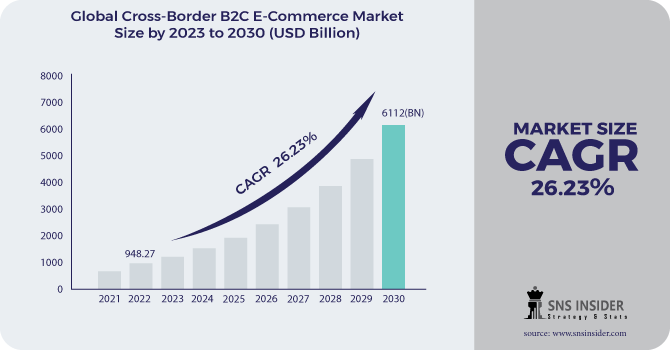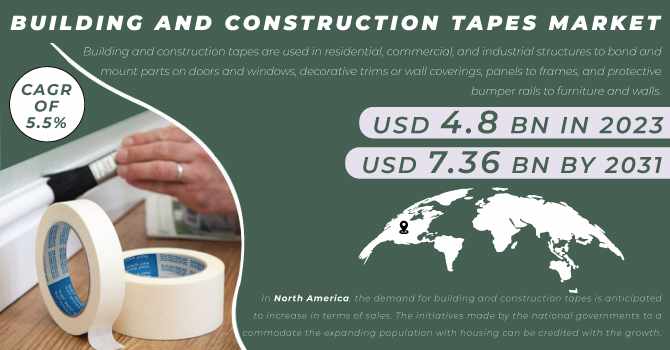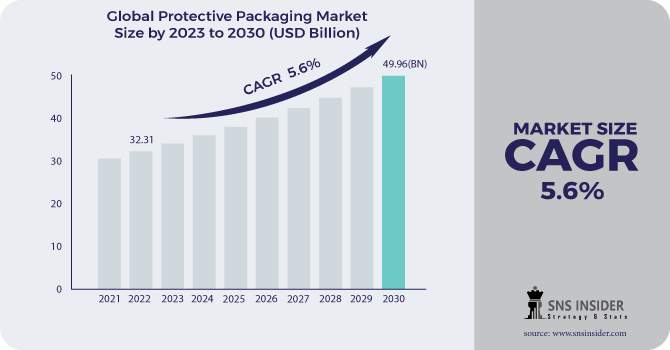
The Cross-Border B2C E-Commerce market has revolutionized global trade, allowing consumers to access international products with ease. E-commerce giants, niche retailers, and direct-to-consumer brands are expanding their reach beyond domestic markets to cater to global shoppers. The growth is fueled by increasing internet penetration, secure digital payment methods, and improved international logistics. Consumers are drawn to cross-border shopping due to competitive pricing, exclusive product availability, and the appeal of international brands. However, challenges such as customs regulations, shipping costs, and localization remain key considerations for businesses entering this space.
The Cross-Border B2C E-Commerce Market size was valued at USD 948.27 Bn in 2022 and is expected to reach USD 6112 Bn by 2030 and grow at a CAGR of 26.23% over the forecast period 2023-2030.
Drivers:
The rise of Cross-Border B2C E-Commerce is driven by several factors, including growing consumer confidence in international transactions and seamless payment solutions. The expansion of global logistics networks and improvements in last-mile delivery have made international shopping more accessible. Additionally, the rise of mobile commerce (m-commerce) and social media-driven shopping trends have enhanced global purchasing behavior. Currency conversion tools, AI-driven personalization, and localized marketing strategies also contribute to the market’s rapid expansion. The increasing availability of multiple language support and regionalized payment options further encourage cross-border transactions.
Future Scope:
l Expansion of AI and big data analytics for personalized cross-border shopping experiences.
l Growth of blockchain technology for secure, transparent, and efficient transactions.
l Enhancement of global logistics infrastructure to reduce shipping times and costs.
l Increased adoption of digital wallets and cryptocurrency for seamless cross-border payments.
l Strengthening of regulatory frameworks to streamline customs clearance and taxation.
l Greater penetration into emerging markets with rising e-commerce adoption.
Emerging Trends:
Cross-Border B2C E-Commerce is experiencing significant innovation, with AI-powered recommendation engines personalizing shopping experiences across international platforms. Augmented reality (AR) is enhancing virtual try-ons, reducing return rates, and boosting customer confidence. The rise of direct-to-consumer (DTC) brands bypassing traditional retail models is gaining momentum, allowing businesses to sell directly to global audiences. Social commerce, driven by platforms like TikTok, Instagram, and WeChat, is enabling cross-border transactions via integrated payment gateways. Additionally, sustainability-focused shipping options, such as carbon-neutral deliveries and eco-friendly packaging, are gaining traction in response to environmentally conscious consumers.
Conclusion:
Cross-Border B2C E-Commerce is shaping the future of global retail, offering businesses vast growth opportunities while providing consumers with diverse product choices. With advancements in digital payments, AI, and logistics, international shopping is becoming more seamless and efficient. Companies that invest in localization, streamlined logistics, and personalized experiences will gain a competitive edge in this dynamic market. The future of cross-border e-commerce lies in technological innovation, regulatory improvements, and enhanced sustainability efforts, ensuring continued expansion and consumer satisfaction worldwide.
Read Full Report @https://www.snsinsider.com/reports/cross-border-b2c-e-commerce-market-1947
Contact Us:
Akash Anand – Head of Business Development & Strategy
Phone: +1-415-230-0044 (US) | +91-7798602273 (IND)



















Write a comment ...